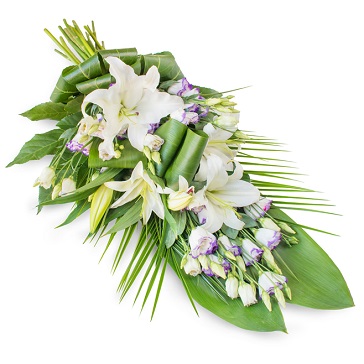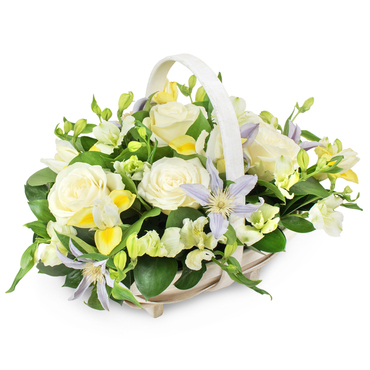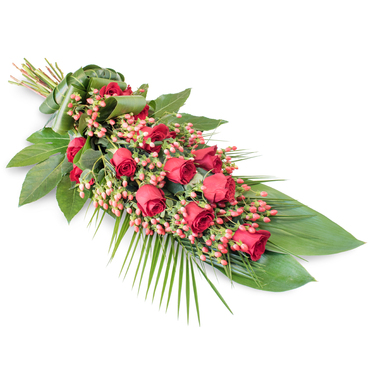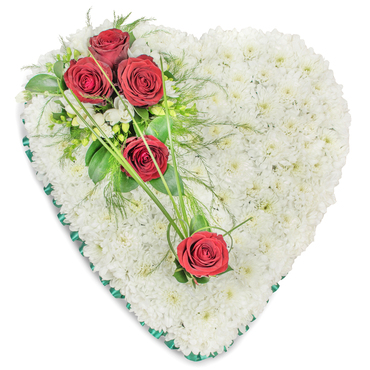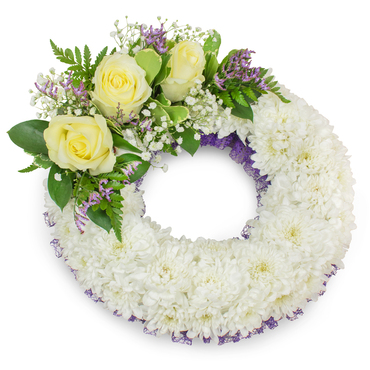Floral Finale: Mastering the Art of Flower Selection
Posted on 30/01/2025
Welcome to your ultimate guide on mastering the art of flower selection. Whether you're designing a floral arrangement for a special occasion or bringing the beauty of nature into your home, selecting the right flowers can set the tone and ambiance of a space. In this article, we delve into the techniques that florists and enthusiasts alike use to choose the perfect blooms for any situation.
Understanding the Basics of Floral Selection
Before diving into the world of flower selection, it's essential to grasp the basics that form the foundation of any great floral arrangement. These basic principles guide the decision-making process and ensure that your selections are both aesthetically pleasing and meaningful.
- Color: Choose colors that complement each other and fit the mood of the event or space.
- Texture: Texture adds depth and interest to an arrangement; consider mixing soft petals with more structured blooms.
- Form: The shape of each flower should balance with the arrangement's overall shape.
- Seasonality: Select flowers that are in season for more vibrant, cost-effective arrangements.
- Symbolism: Different flowers have various meanings and significances. Consider this when selecting blooms for particular events.

The Importance of Color Selection
Color plays a significant role in floral arrangements. It's more than just an aesthetic choice; it sets the atmosphere and often reflects personal or cultural symbolism. Here's how to master the color wheel in flower selection:
- Monochromatic Schemes: Using varying shades of the same color can create a harmonious and sleek look.
- Complementary Colors: Colors opposite each other on the color wheel, like red and green, offer a vibrant contrast.
- Analogous Colors: Colors next to each other on the wheel, such as blue and violet, create a serene and comfortable design.
- Triadic Schemes: Involve using three colors evenly spaced on the color wheel, offering a balanced, vibrant look.
Choosing the Right Texture and Form
The interplay between texture and form can dramatically affect the impact of a floral arrangement. Diverse textures add depth and dimension, while varying forms can either contrast or complement one another.
- Soft Blooms: Flowers like peonies and roses offer a smooth, luxurious texture.
- Structured Forms: Look for flowers like orchids or succulents that add a more architectural feel.
- Feathery and Fuzzy: Incorporate elements like astilbe or lamb's ear for a softer, whimsical touch.
- Spiky Textures: Add interest with thistles or echinops for more dynamic arrangements.
Seasonality and Availability
Practicing the art of flower selection by understanding seasonality boosts your arrangements' quality and can greatly reduce costs. Here's what to consider:
- Winter Favorites: Amaryllis, poinsettias, and hellebores are go-to winter blooms.
- Springtime Beauties: Tulips, daffodils, and cherry blossoms bloom in abundance during this revitalizing season.
- Summer Varieties: Sunflowers, dahlias, and hydrangeas thrive under sunny skies.
- Autumn Options: Chrysanthemums, marigolds, and aster bring warm hues and robustness.
The Hidden Language of Flowers
Beyond their visual appeal, flowers carry meanings and symbolism that can add depth to your arrangements. Known as floriography, the language of flowers can inspire thoughtful, personalized choices.
- Roses: While red signifies love and passion, white can represent purity, and yellow friendship.
- Lilies: Convey devotion, with variants showcasing different meanings--such as white lilies for purity.
- Orchids: Exotic beauty and strength are often attributed to these elegant blooms.
- Daisies: Associated with innocence and new beginnings.
Tips for Creating a Composition
Creating a floral composition is akin to painting with the playful palette of nature. Here are some tips to ensure your floral finale is masterful:
- Balance: While symmetry can provide a sense of balance, asymmetrical designs can be just as visually intriguing.
- Focal Point: Establish a focal point with a distinctive flower to draw the eye.
- Proportion: Ensure the size of the arrangement is appropriate for its context and function.
- Movement: Use stems and flowers with curved shapes to create a sense of flow.
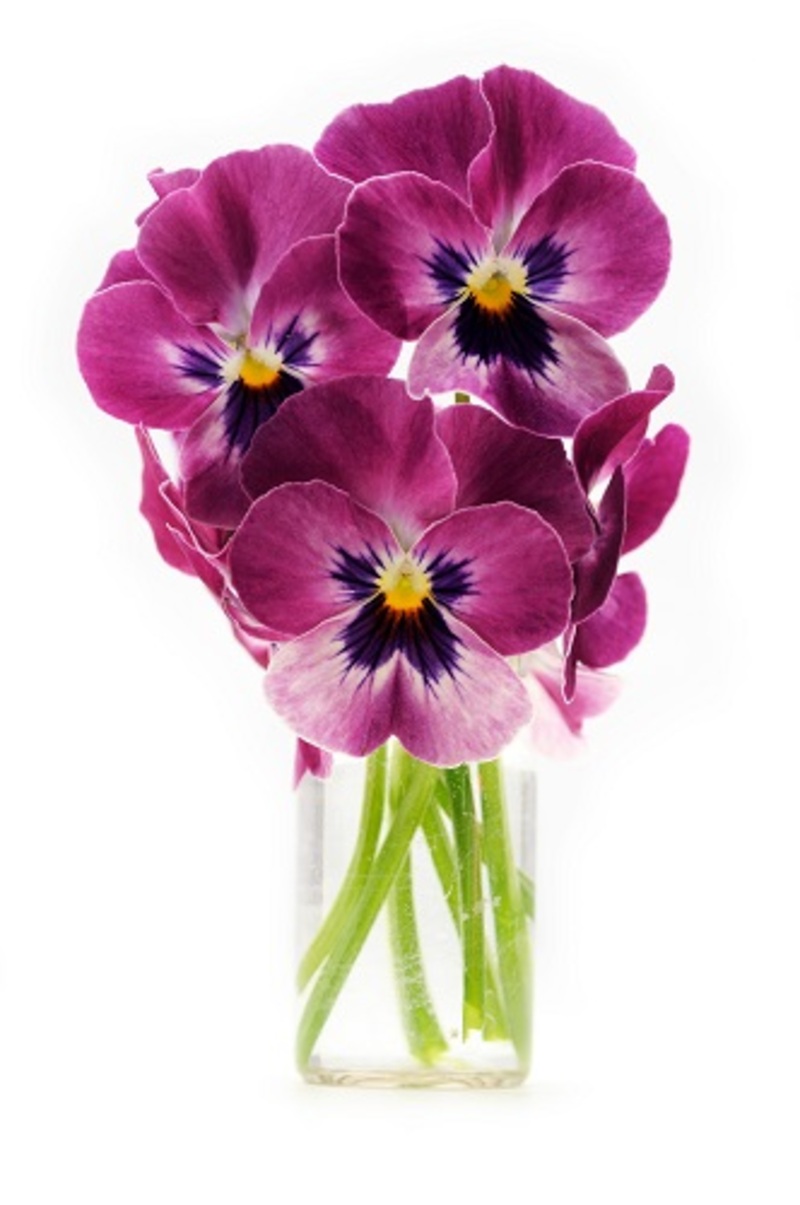
Care and Maintenance of Selected Flowers
After intricately selecting your flowers, maintaining their freshness is crucial to the longevity of your arrangement. Follow these care tips to keep your flowers as vibrant as the first day you arranged them:
- Trim the Stems: Cut the stems at an angle to allow better water absorption.
- Hydrate: Ensure that the vase is always filled with fresh water, and add flower food if available.
- Avoid Direct Sunlight: Display your arrangement away from direct sunlight to prevent wilting.
- Remove Wilting Flowers: Dead or wilting flowers can release ethylene gas, shortening the life of the entire arrangement.
Conclusion
Mastering the art of flower selection is about understanding the intricacies of color, form, texture, and symbolism. By considering these elements, you can create a floral arrangement that is not only visually stunning but also deeply personal and meaningful. Whether for a special event or simply to beautify your living space, the right selection of flowers can transform any setting.
With these insights and tips, you're now equipped to embark on your floral venture, creating arrangements that truly exemplify a floral finale.





